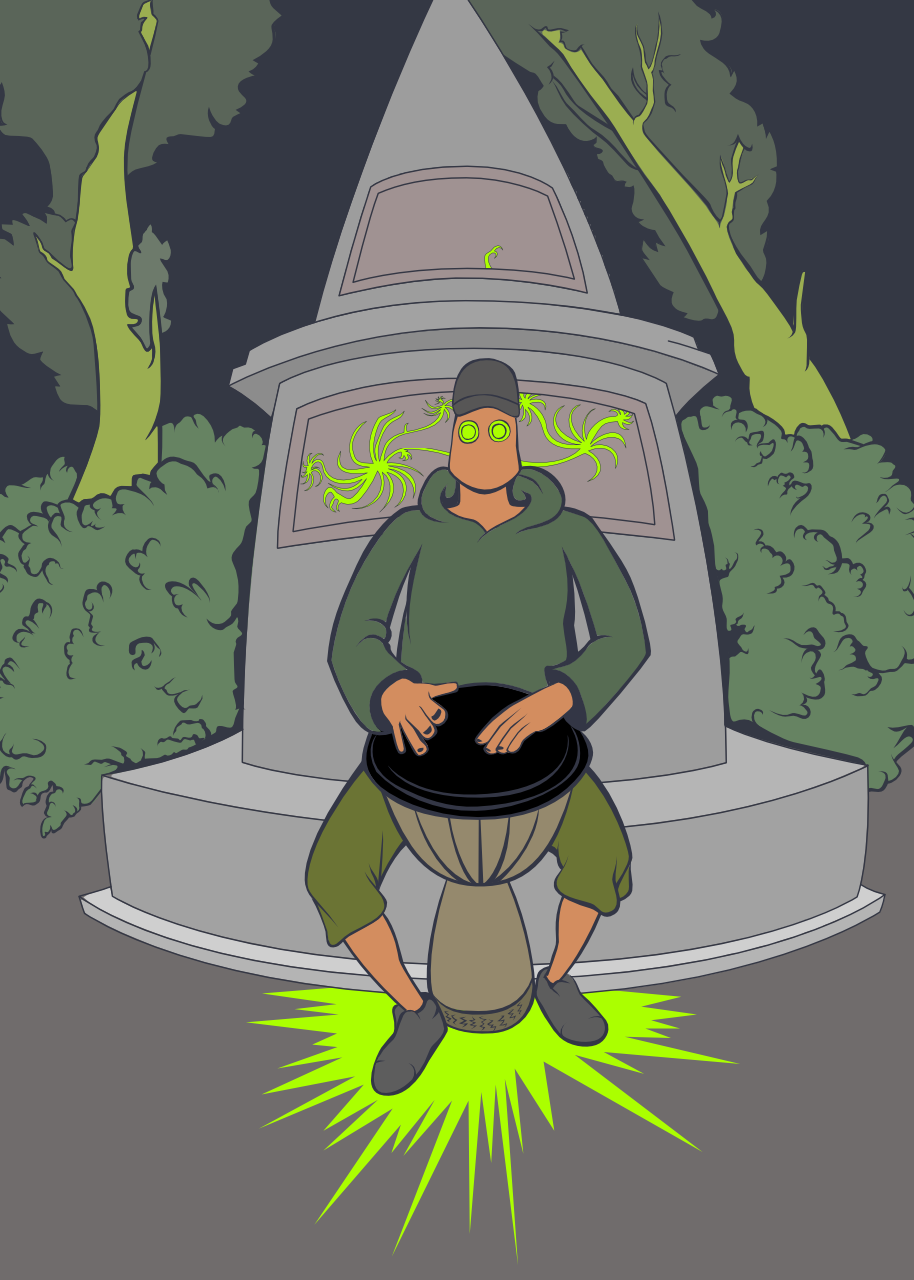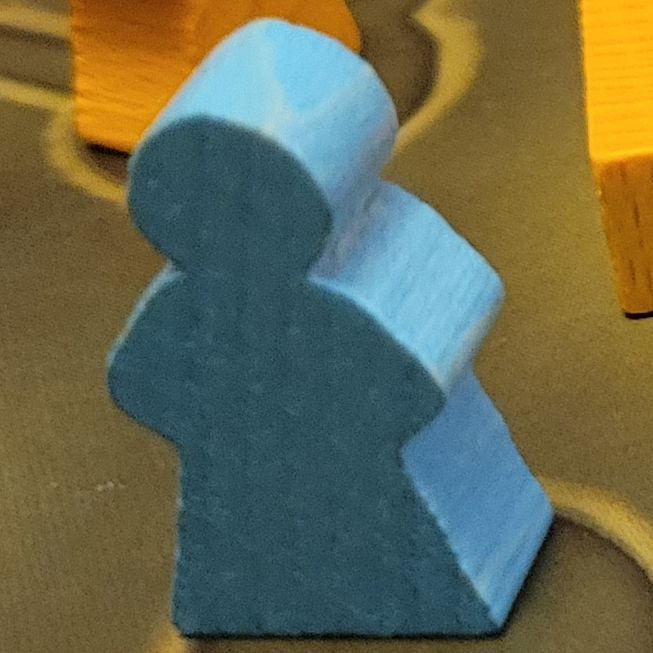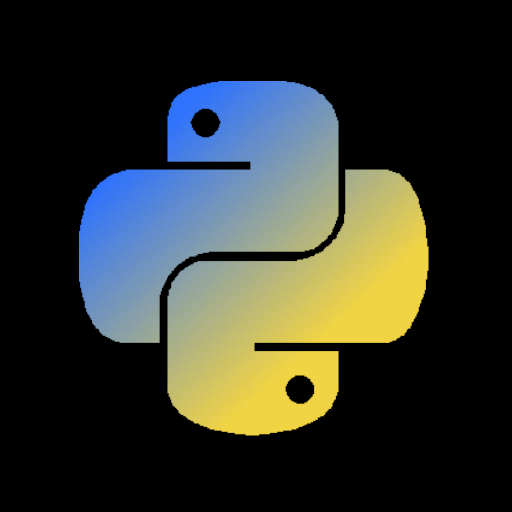

Same in Bulgaria. Sad, because the games look pretty good.


Same in Bulgaria. Sad, because the games look pretty good.


+1 for Pocketbook
Never had any issues with it whatsoever.
The device works great with Calibre.
There is some other functionality that I did not use.


Should mention Open Sound Control which is also pretty good. Not exactly a competitor, it was supposed to provide a richer, real time interface. Still popular for certain use cases, including beyond music.


Still, if legal, one would “boil” (not sure what the term is for oil soluble?) a kilo with no issue.


The older is 9, found it challenging in the beginning, but caught on. Younger is 5, definitely not into Pandemic.
Speaking of snakes and ladders, we had a very fun project of making our own. Basically I stole the positions of snakes and ladders from another board, but we drew and painted all of it on thick cardboard. Small enough and really fun project. You can customize to your fancy.


Funny that you mention Pandemic, we finally got around to playing it with the kids, and it was great. They are just entering the age where they get it.
So far only played the simplified rules, none of the Legacy parts, and beat the game for the first time.


In a similar vein, there’s an old saying: “A lie travels around the globe while the truth is putting on its shoes.”


This. We kinda stumbled on this pattern, and use it to great effect. Simplified code:
@pytest.fixture
def tmpfiles():
with NamedTemporaryFile(suffix=".html") as f:
yield f
# or for paths, which are more suitable for certain tests
# touch them so they exist
@pytest.fixture
def othertmppaths() -> list[Path]:
f1 = Path("...")
f1.touch()
f2 = Path("...")
f2.touch()
yield [f1, f2]
# you could delete them here if needed
f1.unlink()
def test_foo(othertmppaths list[Path]):
result = upload_resource(othertmppaths[0])
assert result.status == 200
The context manager one will properly clean up all files.
E: Pretty website btw


From what I read, the incursion force brought AA, making it hard for Russian air. Moreover, they did strike a few nearby airfields.


This might be contrary to some, but i recommend diagramming! Can be anything from paper doodles to d2 to full blown uml diagrams. They help you stay focused, and aware of the program’s data dependencies.
Regarding code practices - read code. If you use a library for something, dive into its code. This can be beneficial in many ways - you observe the style they used, you understand better how the library works (documentation rarely contains enough detail), and you see how libraries are structured, which is often lacking in newbies.
Learn your language’s idioms. They can reduce complexity, and are usually more readable to people with experience in the given language.
Finally, don’t sweat it too much. The more you write, the better you’ll become, so just do it. New problems lead to new insights.


This might be a bit advanced, but indeed a very good article.


Same. Really happy with it.


Consumer drones already exist, that can recognize you by face and follow you.
I started doing exactly this. Write a bunch of functions, that may end up in different systems, on different machines, even. This allows you to define the interfaces, figure out data dependencies, and so on.
The code may be runnable, just printing out some statements. Then I copy blocks of it to the place where it will belong.
It’s more of a thinking tool, than “actual code”.


You’re right, this ageism is stupid. Common lisp is probably its contemporary, yet is great. Cobol does seem like a nightmare though.


I have set up forgejo, which is a fork of gitea. It’s a git forge, but its ticketing system is quite good.
It’s not that they are separated on the chart, but that they are comparable (on both axes), that impressed me.


I know you asked about VMs, but fwiw there are GPU-capable containers now: https://docs.nvidia.com/datacenter/cloud-native/container-toolkit/latest/install-guide.html
Used one of these and the setup is as easy as it sounds. It can run Houdini, Stable Diffusion.
With Gitea/Forgejo you can run a local actions executor, which builds the images, pushes to gitea’s image registry, and using a script pulls them on the other side and restarts them. Worked fine in our small startup.